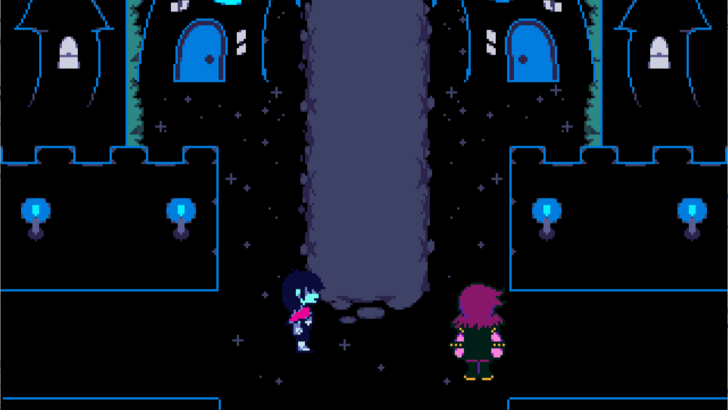As soon as I fired up the Tempest Rising demo for the first time, I was filled with a sense of nostalgia. The opening cinematic, with its cheesy dialogue from bulky armored soldiers and a reedy scientist, brought a smile to my face. The music, UI design, and units all seemed crafted to transport me back to high school, where I'd stay up late playing Command & Conquer with friends, fueled by Mountain Dew, taco-flavored Pringles, and sleep deprivation. Experiencing that feeling again through a new game in the modern era is exhilarating, and I'm eager to see what Slipgate Ironworks has planned for the full release and beyond. Whether I was diving into Skirmish mode against bots with clever AI or engaging in Ranked Multiplayer, playing Tempest Rising felt as comfortable as slipping on my well-worn baseball glove.
This nostalgic vibe is no coincidence. The developers at Slipgate Ironworks intentionally set out to craft a real-time strategy (RTS) game that evokes the classics of the 90s and 2000s, while incorporating the quality-of-life enhancements expected in modern games. Set in an alternate 1997, Tempest Rising imagines a world where the Cuban Missile Crisis escalates into World War 3. In the aftermath of widespread nuclear devastation, mysterious flowering vines emerge, teeming with electrical energy. These plants herald a new era of power for those brave enough to harvest them amidst the fallout.
Tempest Rising Screenshots

 8 Images
8 Images
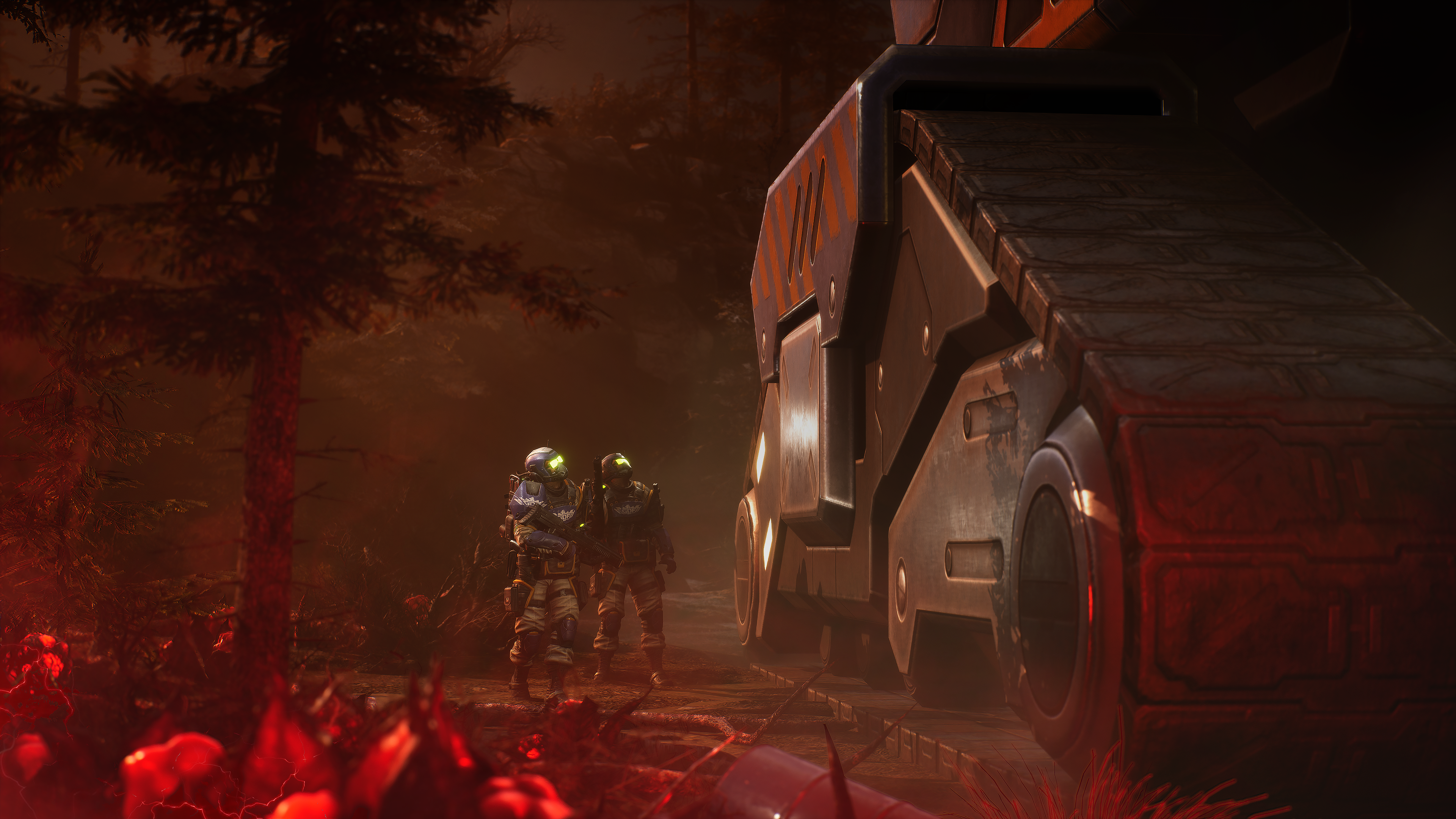
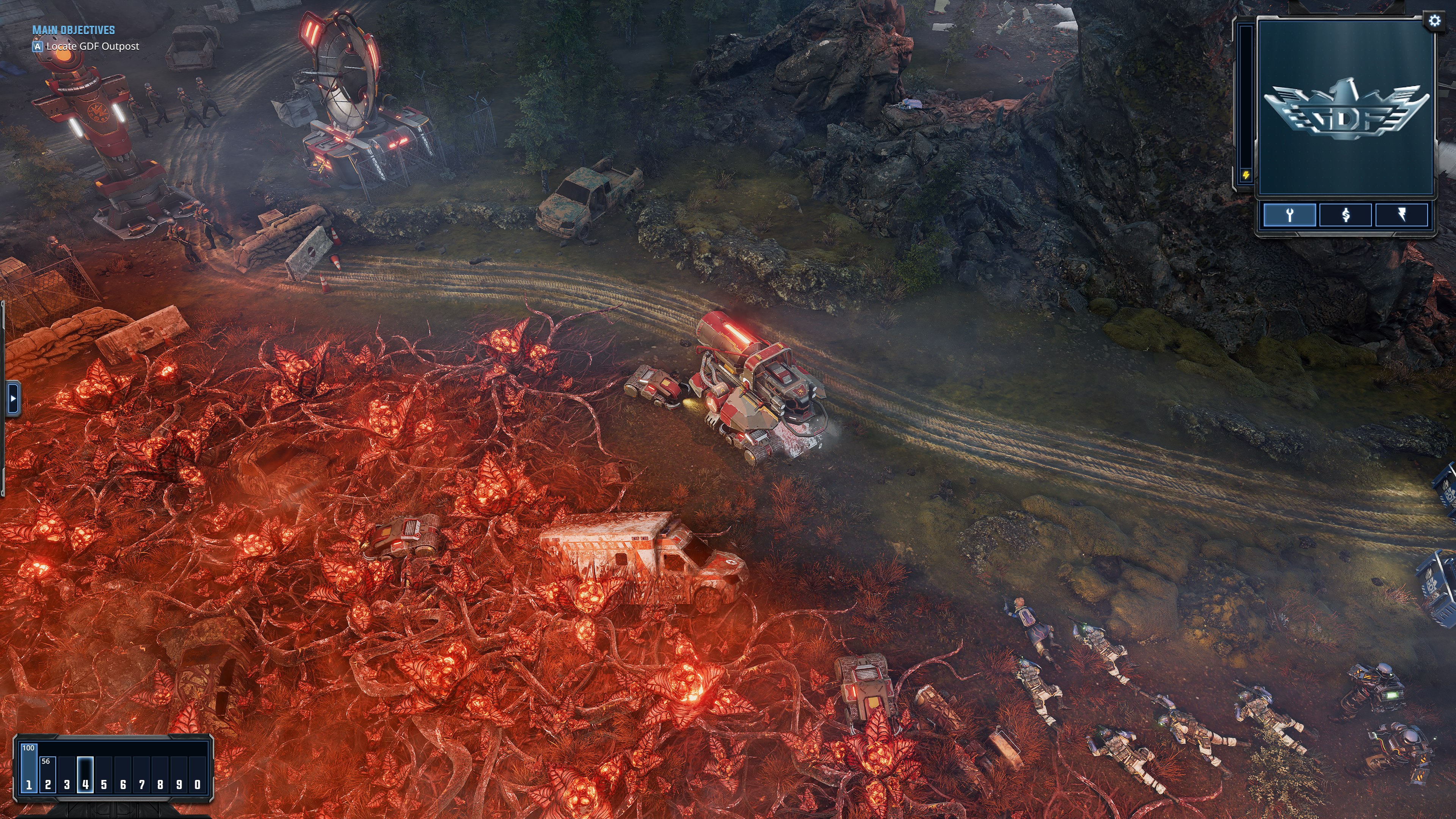
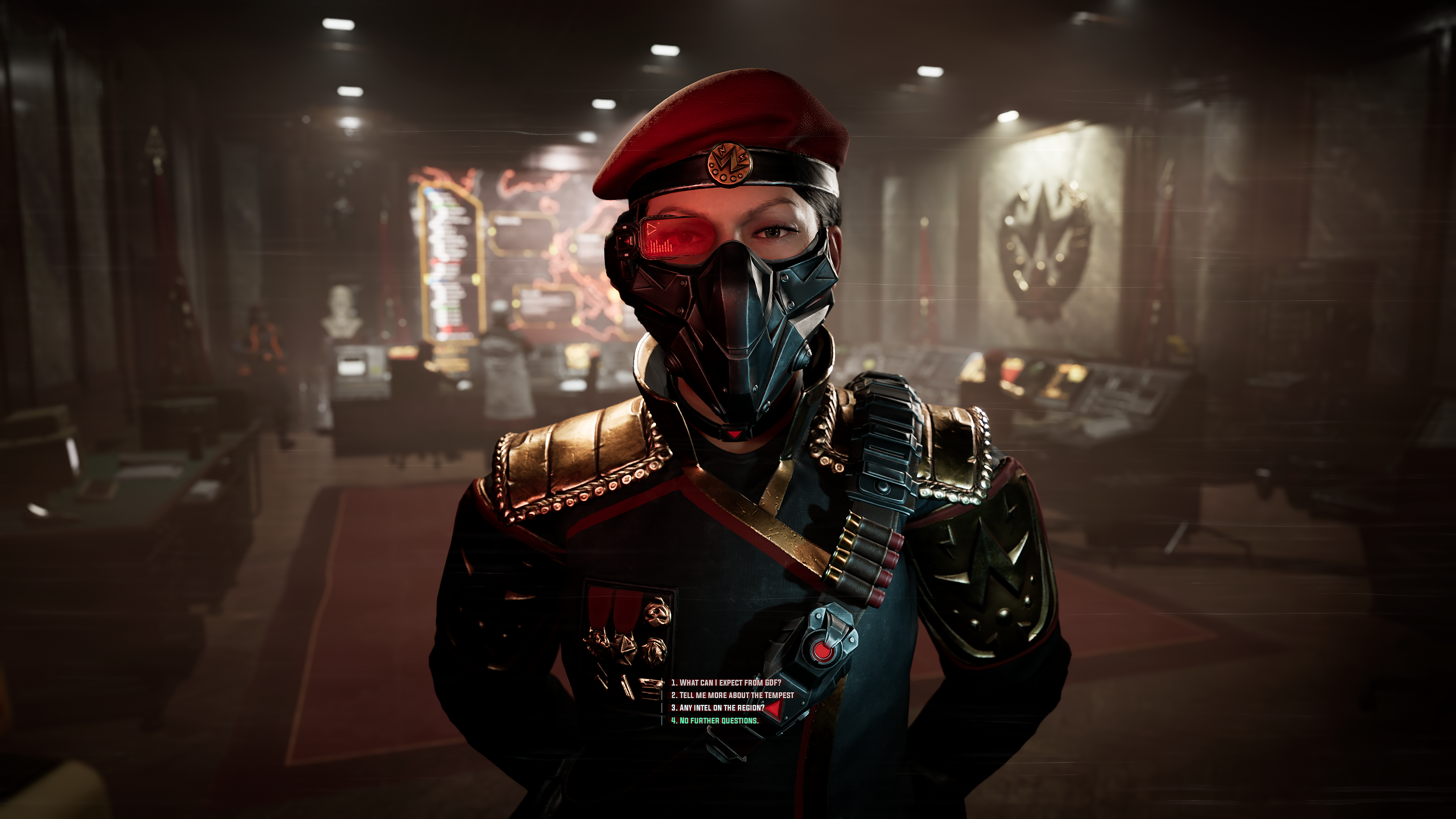 Although the build I played was centered solely on multiplayer, I'm eager to explore what the story mode will offer. It will feature two replayable 11-mission campaigns, one for each of the main factions showcased in the preview. The Tempest Dynasty (TD) represents an alliance of Eastern European and Asian nations, severely affected by WW3. Conversely, the Global Defense Forces (GDF) comprise an alliance of the United States, Canada, and Western Europe. A third faction exists, but details about it remain under wraps until the campaign is available, as it's not playable in the preview build, the Steam RTS Fest demo, or at launch.
Although the build I played was centered solely on multiplayer, I'm eager to explore what the story mode will offer. It will feature two replayable 11-mission campaigns, one for each of the main factions showcased in the preview. The Tempest Dynasty (TD) represents an alliance of Eastern European and Asian nations, severely affected by WW3. Conversely, the Global Defense Forces (GDF) comprise an alliance of the United States, Canada, and Western Europe. A third faction exists, but details about it remain under wraps until the campaign is available, as it's not playable in the preview build, the Steam RTS Fest demo, or at launch.
The Tempest Dynasty particularly appealed to me, not only because of their quirky 'death ball' vehicle, the Tempest Sphere, which amusingly rolls over enemy infantry, flattening them. The Dynasty also utilizes 'plans,' which are special faction-wide bonuses in three distinct categories. Your Construction Yard, the starting building for all players, can activate one plan at a time. With just a bit more power generation and a 30-second cooldown between switches, you're all set.
The Logistics Plan enabled me to construct new structures and harvest resources more quickly, with mobile harvesters moving faster as well. The Martial Plan enhanced the attack speed of my units, provided resistance to rockets and other explosives, and allowed Machinist units to sacrifice health for a 50% boost in attack speed. Lastly, the Security Plan reduced the cost of creating units and buildings, enhanced the Repair function of certain units, and extended Radar vision. I found a strategic rhythm by alternating between resource-gathering phases using the Logistics Plan, building phases under the Security Plan, and offensive phases powered by the Martial Plan.This flexibility is a hallmark of the Dynasty's design. Instead of needing a Refinery to harvest tempest fields like the GDF, the Tempest Dynasty employs Tempest Rigs, mobile units that harvest resources until the field is depleted and can then relocate. This approach makes my favorite 'fast expand' strategy in RTS games even more effective, especially since these rigs can operate far from the base without concern. Deploying Tempest Rigs to distant areas was an excellent way to harvest resources peacefully, out of my opponents' sight.
The Dynasty also features a versatile unit called the Salvage Van, which repairs nearby vehicles but can switch to Salvage Mode to destroy any nearby vehicles, returning resources to the salvaging player. I relished the thrill of sneaking up on inattentive opponents, parking a salvage truck next to their vehicles, and demolishing them to weaken their army while claiming the resources for myself. Additionally, the Dynasty's power plants can toggle between power generation and 'Distribution Mode,' which accelerates construction and attack speeds of nearby buildings (some upgraded Dynasty buildings even have cannons, which is fantastic), albeit at the cost of taking damage while active. Fortunately, the mode deactivates if buildings reach critical health, preventing self-destruction for the sake of speed. While I'm drawn to the Tempest Dynasty, the GDF has its own charm, focusing on buffing allies, debuffing enemies, and controlling the battlefield. My favorite GDF synergy involves the Marking mechanic, where certain units can 'mark' enemies. Defeating marked enemies yields Intel, a currency for advanced units and structures. With specific Doctrine upgrades (Tempest Rising's tech trees), marked enemies suffer various debuffs, including reduced damage output, increased damage taken, and extended attack ranges for units targeting them.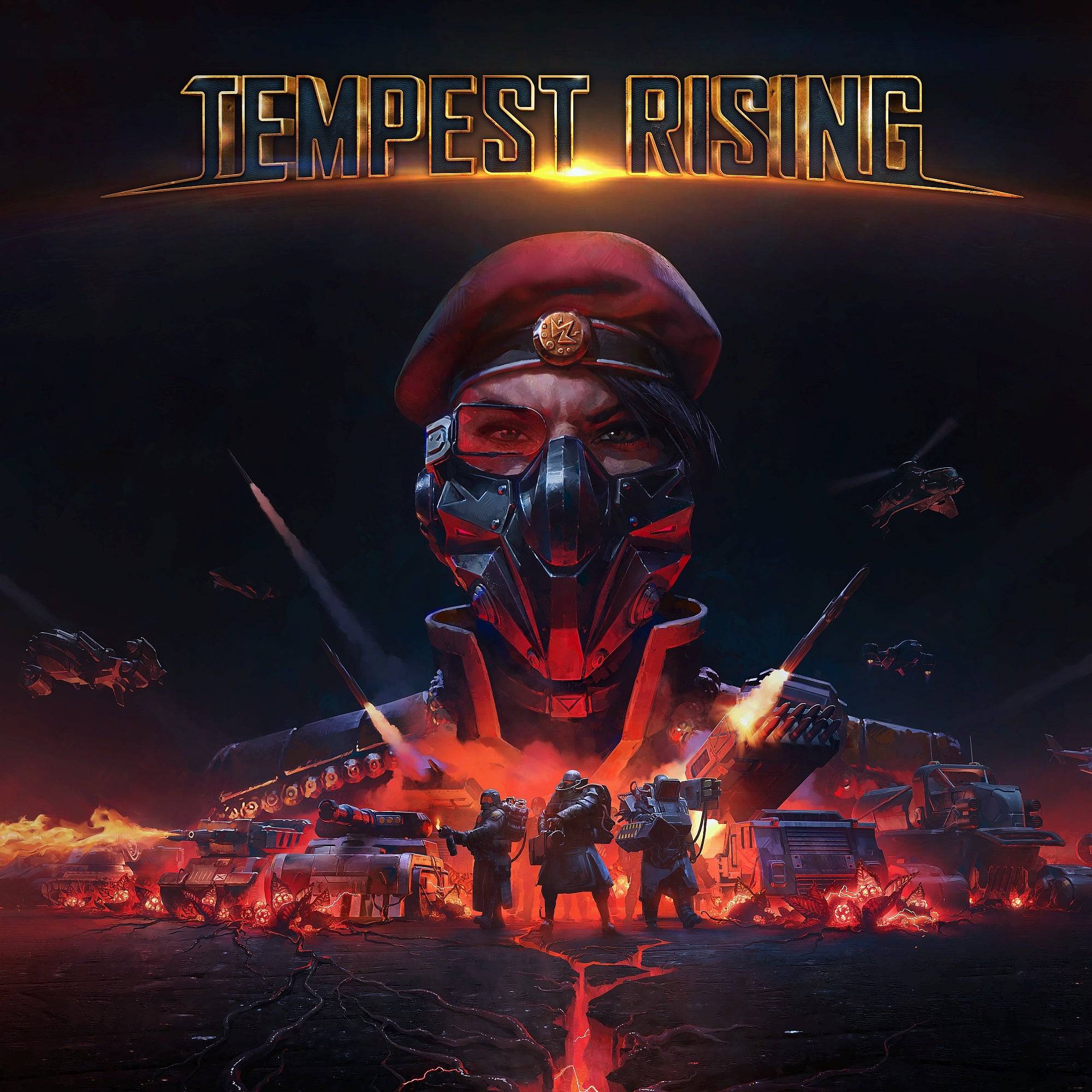 Tempest Rising3D Realms WishlistEach faction offers three tech trees to explore, allowing players to tailor their strategy. For example, the GDF's 'Marking & Intel' tree enhances their marking abilities, while the Dynasty's tree boosts the effectiveness of their 'Plans.' Alongside these, advanced buildings unlock cooldown abilities that can turn the tide of battle, adding strategic depth. Both factions can deploy area damage and spawn additional troops, but the GDF also has the ability to create spy drones, establish remote building beacons, and temporarily disable enemy vehicles' attack capabilities.
Tempest Rising3D Realms WishlistEach faction offers three tech trees to explore, allowing players to tailor their strategy. For example, the GDF's 'Marking & Intel' tree enhances their marking abilities, while the Dynasty's tree boosts the effectiveness of their 'Plans.' Alongside these, advanced buildings unlock cooldown abilities that can turn the tide of battle, adding strategic depth. Both factions can deploy area damage and spawn additional troops, but the GDF also has the ability to create spy drones, establish remote building beacons, and temporarily disable enemy vehicles' attack capabilities.
There's much more to explore, and I'm excited to delve deeper, especially since the full release will offer Custom Lobbies for teaming up with friends against the clever AI bots, which showcased impressive hit-and-run tactics during my Skirmishes. For now, I'll continue battling alone, crushing my bot adversaries with swarms of death balls.







![Taffy Tales [v1.07.3a]](https://imgs.xfsxw.com/uploads/32/1719554710667e529623764.jpg)






